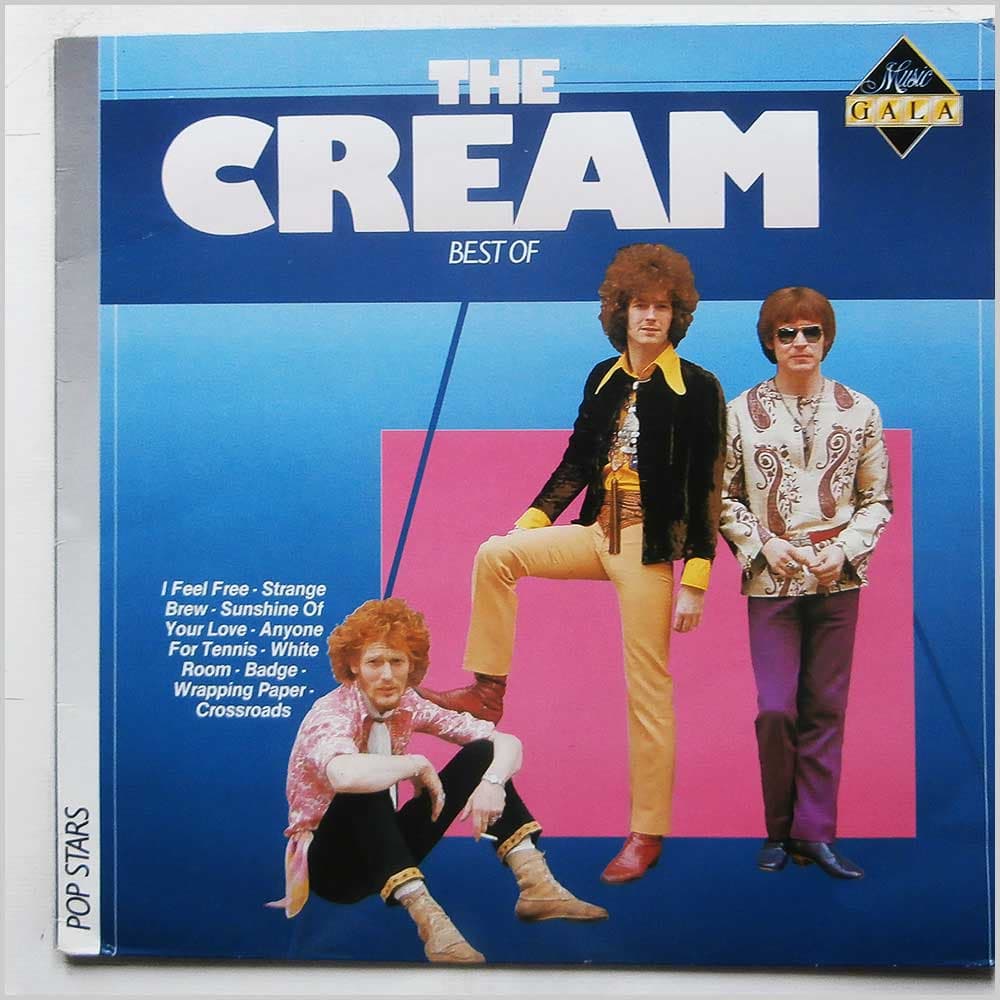
Cream’s Strange Brew: A Blues-Rock Experiment That Broke New Ground
Released in May 1967, Strange Brew signaled a creative shift for Cream, showcasing their ability to transform raw blues into something daringly modern and utterly captivating. As the lead single for their groundbreaking album Disraeli Gears, the song introduced fans to a lighter, more experimental side of the band, while still steeped in their signature blues influence. With Eric Clapton stepping into the spotlight as the lead vocalist for the first time, Strange Brew blended tradition with innovation in a way that defined Cream as pioneers of late 1960s rock.
The song’s journey began during the band’s first visit to New York in April 1967, when they recorded a traditional blues shuffle titled Lawdy Mama under the guidance of legendary producer Ahmet Ertegun. Felix Pappalardi, another key figure in the sessions, saw potential in the second version of the track, which had been given a rock ‘n’ roll edge. Enlisting the lyrical talents of his wife, Gail Collins, Pappalardi reshaped Lawdy Mama into Strange Brew. The transformation retained the song’s bluesy essence but introduced a pop sensibility that Clapton himself praised as innovative without losing the original groove.
Musically, Strange Brew is an intricate blend of homage and evolution. Clapton’s guitar work pays direct tribute to Albert King, with the solo closely mirroring King’s Oh Pretty Woman. Yet, instead of feeling derivative, Clapton’s interpretation elevates the piece, merging his blues roots with a more contemporary, psychedelic flair. His falsetto vocals—both smooth and slightly detached—lend the song a dreamlike quality, creating a delicate contrast with the punchy guitar lines and steady rhythm.
The lyrical content of Strange Brew is enigmatic and subtly evocative, with phrases like “She’s a witch of trouble in electric blue” conjuring images of mystery and allure. The words hint at danger cloaked in beauty, a theme that aligns seamlessly with the band’s ability to blend contrasting elements in their music. The result is a song that feels as unpredictable as it is memorable, inviting listeners to lose themselves in its swirling groove.
Strange Brew was a significant milestone for Cream, peaking at number 17 on the UK Singles Chart. It marked their final release with Reaction Records in the UK, ushering in a new chapter in their evolving sound. While it lacked the promotional push of a dedicated music video, the band’s mimed performance on the German television program Beat Club helped solidify its appeal. In the U.S., where it was released two months later, the song further expanded the group’s growing influence, setting the stage for their dominance in the rock landscape.
Beyond its initial success, Strange Brew stands as a fascinating snapshot of Cream in transition. It bridges the gap between their early blues-heavy style and the more psychedelic, experimental approach that would define much of their later work. The track’s inclusion in the soundtrack for the 1979 film More American Graffiti underscores its enduring appeal, a testament to its timeless groove and innovative spirit.
Decades later, Strange Brew remains a cornerstone of Cream’s legacy. It’s a song that captures their willingness to push boundaries while honoring their roots, blending blues and rock with a sophistication that few bands could rival. Whether as an introduction to their music or a reminder of their genius, Strange Brew continues to enchant listeners, a brew as potent and strange as ever.